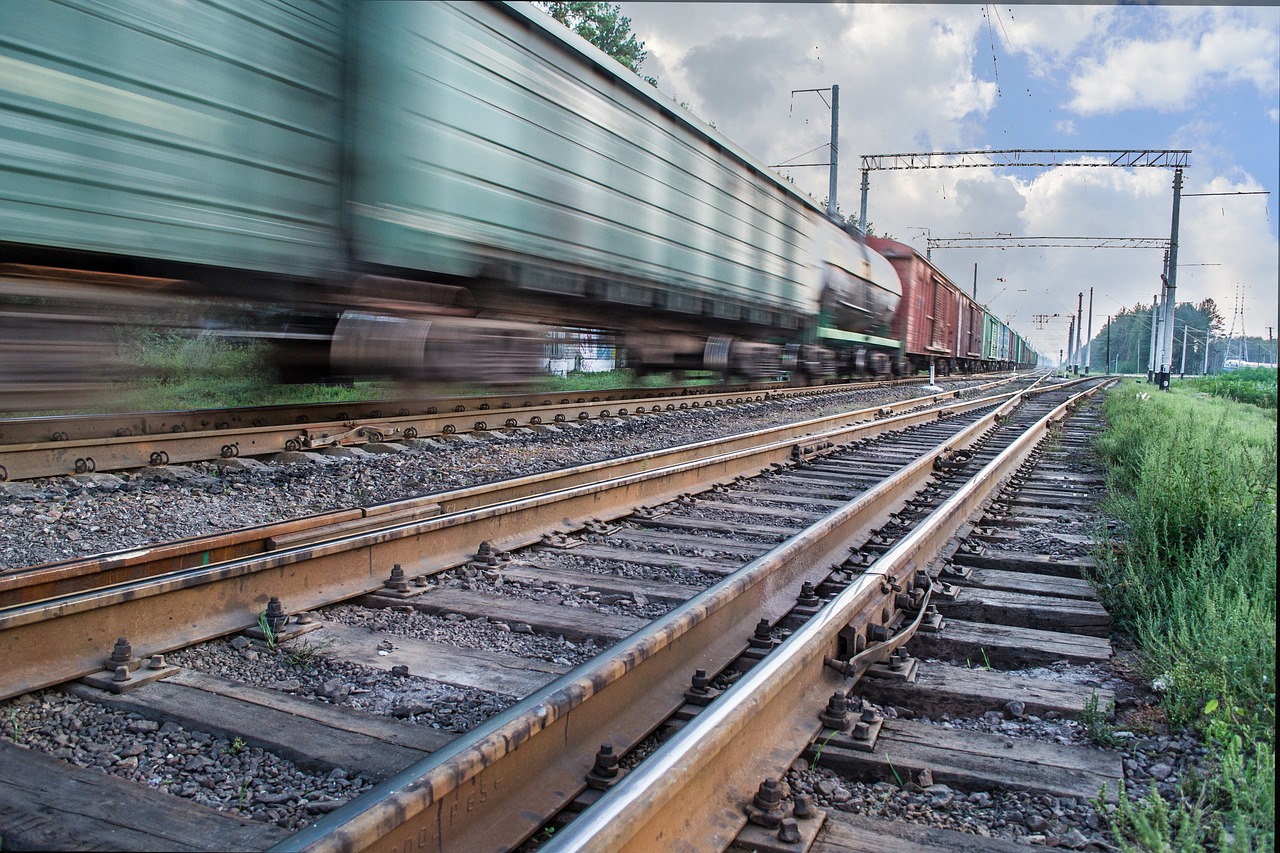Referred to as Poland’s gateway to Scandinavia and an important logistical hub between the north and south of Europe, the Ports of Szczecin-Świnoujście are experiencing dynamic growth. In April 2024, a location decision was issued for a container terminal in Świnoujście, which has a chance to be completed by the end of 2028. According to experts, railway transport is a particularly crucial element for the development of these ports, as with other ports in Poland, and investments in this area are especially needed. “This is our Achilles’ heel,” admits Rafał Zahorski, the Development Officer for the Szczecin and Świnoujście Seaports Authority.
Szczecin and Świnoujście form a significant “duo” in Polish maritime transport. These cities are the westernmost centers in Poland, with their location on the Baltic Sea, near the mouth of the Oder River into the Szczecin Lagoon, and close to the German border, providing a substantial logistical advantage. Currently, Szczecin and Świnoujście constitute one of the largest port complexes in the Baltic region, lying on a route connecting Scandinavia with Central and Southern Europe. Their location is also particularly important for transport between the Baltic states and Germany. For these reasons, the entire complex requires investments to facilitate its dynamic growth, especially given that ports worldwide are investing in new infrastructure.
“All ports are heavily investing at the moment. However, they can only invest within their boundaries, not beyond them. Unfortunately, the Achilles’ heel of our ports is rail transport, the means by which cargo reaches or leaves the ports. Without connecting the ports at an appropriate level, without adjusting parameters to Western European standards—train lengths of 750 m, weight, track pressure, and speed—it will be very difficult for us to compete as seaports. Hence the current results of the ports, which would be much better if rail transport worked here as it does in Western Europe,” Rafał Zahorski told Newseria.
According to the Actia Forum report, last year the ports in Gdańsk, Gdynia, Szczecin, and Świnoujście collectively handled over 145 million tons of cargo, a 10% increase compared to the previous year. However, growth was observed in the Port of Gdańsk (+18.67%) and the Port of Gdynia (+5.25%), while the Ports of Szczecin-Świnoujście saw a 4% decrease. Container handling in Szczecin-Świnoujście declined by over 10% for the second consecutive year, although grain and liquid fuel handling increased significantly, influenced by the war in Ukraine.
The Ports of Szczecin and Świnoujście have identified railway investments as a “must-have” for improving their performance in the coming years. Both cities are awaiting the modernization of an important railway line running from Lower Silesia through the Lubusz Voivodeship to West Pomerania. This refers to line 273 connecting Wrocław with Szczecin and line 401 from Szczecin to Świnoujście.
“It has the international designation C59 and is called the ‘Nadodrzanka’ due to its route. This is the main cargo line for the entire western Poland, not just for the Szczecin-Świnoujście port. It connects Scandinavia through maritime and ferry transport, with cargo passing through all of Poland to Southern Europe, such as Switzerland, Austria, the Czech Republic, Slovakia, and other countries. This is a natural transport route, but to be competitive and efficient, it must meet European standards. We are waiting for that. Slowly, ‘Nadodrzanka’ is awakening, and maybe modernization will happen,” says the expert.
On May 8, the Szczecin and Świnoujście Seaports Authority signed an agreement to fund a multimodal railway transshipment hub on the Ostrów Grabowski Peninsula in the Szczecin Port. The total value of the project is €8.7 million, with €4.3 million in funding. The project is scheduled to start in June 2024 and be completed by November 2026. The investment includes building a railway transshipment station of approximately 11,000 square meters and reconstructing the ro-ro ramp to handle large vessels. The future multimodal railway transshipment hub, along with infrastructure for both civilian and military needs, will ensure efficient handling of intermodal units and military equipment by rail. It will be connected to the existing internal port railway system and the TEN-T core network. The project will adapt the port’s infrastructure to handle both civilian and military supplies without causing rail transport congestion, enhancing the security of the EU’s borders and NATO’s eastern flank.
Railway investments are also crucial for the West Pomeranian ports in the context of the expansion of the container terminal in Świnoujście. In April, the board received a location decision for this project from the voivode.
“We are in the preparation phase for the first phase of the terminal, aiming for a maximum throughput of around 1 million TEU. This first phase is very advanced, and the location decision is just one of many steps. It currently looks like the terminal could start operations in its first phase by the end of 2028, but this is tentative and subject to change, as unforeseen issues such as explosive materials or bombs at the investment site could arise,” says Rafał Zahorski.
Ultimately, the terminal will be able to handle up to 2 million TEU annually, simultaneously servicing two ships, one 400 meters long and the other 200 meters long. This is a strategic investment in both economic and national security.
Currently, the port in Świnoujście can accommodate ships with a draft of up to 13.5 meters and a length of up to 270 meters. The port in Szczecin, about 70 km from the Baltic Sea, can accommodate vessels with a draft of up to 9.15 meters and a maximum length of 215 meters. Both ports are connected by a waterway through the Szczecin Lagoon, a journey that takes about four hours.
